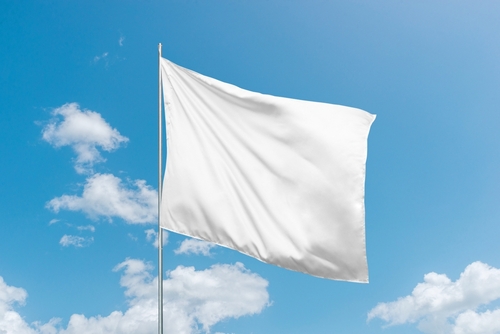
No matter how much time and effort marketers pour into setting their loyalty program’s communications cadence or building the perfect awards structure, any earned brand loyalty can quickly disappear with one bad customer interaction. This reality hit me recently as I lived it—all because an airline moved me to first class.
The story starts, as you might guess, in an airport. As I walked down the jet-way to board one of my many flights that week, I heard my name echoing through the tunnel, calling me back to the gate. Perplexed, I returned to the main desk. The gate agent told me about an earlier “episode” with another passenger on my flight. This passenger dramatically complained to get a better seat, and the agent caved—by giving up my seat.
Suddenly, I felt a need for my own dramatic display, but the agent explained that I was the winner in the situation. She was upgrading me to first class as reconciliation. Her quick, customer-focused decision immediately restored my goodwill and reinforced my brand loyalty.
Settling in to enjoy my first-class surroundings, I eased back into my seat when I happened to overhear a conversation between two nearby flight attendants. They were debating (and not quietly) which was worse to work: first class or coach. One of the attendants wasn’t shy with his opinion, saying, “I hate first-class fliers; these people keep you busy the entire flight when all I really want to do is read my newspaper.” As you might guess, he was the one assigned to first class that day, and it was clear his focus wasn’t on delivering a flawless customer experience.
For the rest of the flight, that attendant was the new face of the brand to me, and as such, he succeeded in completely deflating my experience and diminishing the goodwill the airline had built with me that day.
The experience brought home for me the fact that a company can do many things right with a customer, only to have it all unravel in one bad experience with a brand ambassador.
According to a Maritz Research consumer-experience study:
* 43% of customers who defect from a brand do it because of a service interaction.
* Of those defectors, 77% blame employee attitude for the poor experience.
* More importantly, the large majority, 83%, of customers who defect because of poor service tell someone else about it.
Poor customer service—even if it’s just a bad attitude—can quickly become viral, influencing the loyalty of many more customers. Word-of-mouth research and consulting firm, Keller Fay Group, reports there are nearly 1 TRILLION American consumer conversations about brands each year.
If you’re in charge of your company’s brand loyalty, you need to start thinking about employee engagement as a key success factor. Examine your customer-loyalty strategy; is it separate from your organization’s employee-engagement strategy? Are employees rewarded for completing a task on time, or are they rewarded for positively representing the brand and improving customer satisfaction? Are the two initiatives’ directors even talking to each other?
Most companies don’t tie the two together, but they should because of the impact front-line employees have on customer loyalty. Admittedly, aligning external and internal strategies isn’t easy. When a Maritz study asked senior executives to identify their biggest barriers to delivering consistent, quality customer experiences, they cited changing employee behavior and aligning strategies across the organization. But if businesses want to improve the customer experience and build loyalty, marketers must think about employees, at least as much as they’re already thinking about consumers.
The power of aligning customer loyalty with employee engagement can be seen in some work Maritz Loyalty managed for a large financial institution. We consolidated more than 200 different employee-recognition programs into one single program to align the overall strategies. In a matter of months, data showed that branches with the most associates recognized were also the branches with the highest customer-satisfaction ratings. We don’t think that’s a coincidence.
Before you spend more time tweaking a loyalty programs’ liability forecasting to maximize its effectiveness, take a step back and think about how to maximize your brand’s most important marketing resource—your people.
Barry Kirk is solution vice president, consumer loyalty, Maritz Loyalty & Motivation. He can be reached at [email protected].
 Network
Network

